2nd day in London
- soniamelodias

- Jan 16, 2019
- 8 min read
September 8, 2018, our second day in London.
We started the day early with a great breakfast at the Henley House Hotel, in their lovely dining room.
Another full day was ahead of us, with several hours of walking, but totally rewarding, because, once again, we were able to visit magnificent places.
This day we started our tour with a walk through the luxuriant Kensington Gardens.
These are the quiet neighbors of Hyde Park, separated by the Serpentine Bridge and West Carriage Drive, to the West.
While Hyde Park lavishes fame and boasts London's most sought-after green attraction title, Kensington Gardens are set as a more discreet place, all surrounded and opened only during the day, because they enclosure Kensington Palace, home of the Duke and Duchess of Cambridge, William and Kate, and their descendants.
Ideal for sunbathing, picnics and biking. Children also have their space, in Princess Diana Memorial´s playground.
The park was Princess Diana´s favorite. It was here that the then wife of Prince Charles walked with her children or took morning walks alone, accompanied by the distant glances of her husband.
It is not at all surprising that Lady Di enjoyed walking through these gardens, I mean, who wouldn´t? These gardens are magical!
Anyone can come here and simply be in harmony with nature.
It's paradise, and all this is right in the middle of one of the biggest metropolis in the world. It was cold, but I did not want to leave that place.
And then, I realized there were wonderful creatures everywhere...
Kensington Palace is one of the countless royal residences of England. It has been used by the Royal Family since the 17th century. Today it still serves as a residence for dukes and duchesses, such as William and Kate and the Royal Babies.
Kensington Palace was the home of Queen Victoria. It was here, in 1837, that she received the news that she would be the Queen. Victoria reigned for 63 years. After the death of her beloved husband Albert, in 1861, the Queen never stopped wearing black in her clothes, representative of mourning.
We continued our pleasant walk trough Kensington Gardens towards the Italian Water Gardens.
Prince Albert had the Italian Water Gardens built as a gift for his beloved Queen Victoria and she built the Albert Memorial in his honor. I would say these two were completely devoted to each other. Tragic that he died at the age of 42.
The Italian Water Gardens gardens were created according to Prince Albert's instructions, as a romantic way to express his love for his wife, Queen Victoria.
The setting, which features fountains, lakes and statues, is on the opposite side, in the park, to the Albert Memorial.
Before exploring Hyde Park we made a quick stop at the Marble Arch.
The three-storey marble monument was not built where it currently stands, at the junction of Oxford Street, Park Lane and Edgware Road, near Hyde Park's Speaker's Corner, in London. The birth of Marble Arch occurred in front of Buckingham Palace in 1828.
Designed by John Nash, who was inspired by the Arch of Constantine, in Rome, this British monument was conceived to be a passageway at Buckingham Palace. A legend says that the monument was too narrow to accommodate Queen Victoria’s State Coach. At that time only members of the Royal Family and Royal Cavalry could pass through the Marble Arch.
Next to Marble Arch and the entrance to Speaker's Corner in Hyde Park there is an extraordinary statue of a horse's head.
It's called "Still Water", it's a 10m high bronze sculpture by Nic Fiddian-Green and, as you can see, it's magnificent.
Hyde Park brings together the most famous fauna and flora of the British capital, often captured in video and photos and spread worldwide by tourists and Londoners themselves, who can not deny the beauty of their great green banner.
However, if you ask my opinion, Hyde Park was cool, but, without a doubt, Kensington Gardens is a much more appealing park. First, there are far fewer people and more trees and plants and consequently more squirrels and other animals. In addition, it may seem strange, but you can still feel the presence of Lady Di. There is a certain delicacy, harmony, a simple beauty, which I think has everything to do with her.
But to be fair, there was an event going on in Hyde Park: BBC Proms, so the park was packed with people and all the peace and beauty of the place were just restrained.
When we first arrived at Lady Di´s Memorial, my first thought was, "The queen didn´t really like her, and wanted to show it to the world, so she made something sad and bland to honor her memory" and I felt sad.
But the truth is that I was mistaken. Yes, the Memorial is extremely simple, but its conception is brilliant, the idea that gave it life and that represents its very essence, I would say its soul, everything that Lady Di was, everything she represented, is ingenious and unique.
The water rises from the top, takes two courses, and after going through tumultuous, agitated paths, units in a calm, peaceful, common place.
But the center of this fountain is not inaccessible, there is more than one way to access the middle of it. It´s pure poetry, the metaphor is genius. Even the elegant simplicity of the fountain represents her.
This memorial to Diana, Princess of Wales is situated in the south-west corner of Hyde Park, south of Lake Serpentine and east of the Serpentine Gallery. Its construction began in September 2003, and the inauguration took place on July 6, 2004, by Queen Elizabeth II.
The work was created by Kathryn Gustafson and Neil Porter and cost about 3.5 million pounds sterling.
The fountain was built with the finest materials, talent and technology. It contains 545 pieces of Cornish granite - each framed by the latest computer-controlled machines and assembled using traditional skills.
The design is meant to reflect Diana's life, water flows from the highest point in two directions as it descends in cascade, swirls and bubbles before building up in a quiet pool at the bottom. The water is constantly updated and is withdrawn from the water table of London.
The memorial also symbolizes Diana's opening quality. There are three bridges where you can cross the water and go straight to the heart of the fountain.
The Serpentine Galleries are two contemporary art galleries in Kensington Gardens/Hyde Park.
These galleries include the Serpentine Gallery and the Serpentine Sackler Gallery, and they are five minutes walk from each other, connected by the bridge over Lake Serpentine, from where the galleries received their names.
Its exhibits, architecture, education and public programs attract about 1.2 million visitors a year. Admission to both galleries is free.
The Albert Memorial monument is impressive not only in artistic terms, but because it clearly shows Queen Victoria's devotion to Prince Albert, as demonstrated by her historical mourning after his death.
It´s George Gilbert Scott gothic superproduction, commissioned by Queen Victoria in memory of his late husband, Prince Albert, who died of typhoid in 1861.
This monument extols the Victorian achievements, with marble statues representing the Arts, Sciences, Industry and Continents. The delicately carved border at the base portrays famous artists.
Right across the Albert Memorial you can see the Royal Albert Hall.
It's a concert hall over a hundred years old. It was named in honor of the late husband of Queen Victoria.
Founded in 1871 by Queen Victoria, the Royal Albert Hall building follows the typical Victorian-era architectural style. The main feature of the building is its famous glass vault, which has the extension of the entire roof of the building.
The Royal College of Music building, designed by the English architect Arthur Blomfield, is located on Prince Consort Road, in the cultural district of South Kensington, adjacent to Imperial College and opposite to the Royal Albert Hall, near the Royal College of Art and just minutes away from the London Science Museum, London Natural History Museum and the Victoria and Albert Museum.
The Royal College of Music is a music conservatory, one of the leading institutions of its kind in the world. Since its founding in 1882, a large number of RCM teachers and students have played a significant role in shaping the history and development of Western classical music in the 20th and 21st centuries.

We left the parks behind us and headed to the museum area.
But before we stopped to eat something because we had already walked several kilometers and needed an energy boost.
After lunch, our first stop was Harrods.
It is the largest department store in London with 90,000 square feet of retail space, nearly twice the size of Selfridges, the second largest. More than 330 departments, spread over seven floors, offer absolutely everything to the more than 15 million annual clients (and tourists).
The Science Museum tells the history of science through practical examples, with photos, videos, computers, holograms and all kinds of imaginable creativity.
It is an interactive museum that explains science and its development over the centuries. In this museum, you will find references from the English Industrial Revolution, to steam engines, to the first advances in aeronautics. Scientific topics are also covered in a simulator with film projection.
The iconic and very photogenic telephone booths in London are quite lovely.
It´s sad they are very hard to find in good conditions.
The Victoria and Albert Museum is the largest museum of decorative arts and design in the world, with a permanent collection of approximately 4.5 million objects.
It is ideal for those who appreciate decoration, design and art. Paintings, sculptures, prints, fashion accessories, clothes, jewelry and photographs are some of the items that can be found here.
The name of the museum is a tribute to Queen Victoria and Prince Albert, obviously.
Is anyone among you a fan of the Jurassic Park movies? I like them, but they´re not my favorites. If you want to pretend you are in the era of dinosaurs, the Natural History Museum is the ideal place for you. The skeletons in exhibition are real!
It is a privilege to be able to visit a place like this, and Londoners can do it whenever they want, because it´s free! It´s needless to say that it was difficult to leave the museum, we actually only left when it closed.
Many of the pieces we can observe in this museum were collected by the father of evolutionary theory, Charles Darwin himself, isn´t that extra cool? I found myself wishing to become some sort of sponge so I could absorb as much knowledge as I could.
This museum is one of the most beloved attractions in the city. It offers a tour full of curiosities, knowledge and... bones. The two main exhibitions are those of mammals and dinosaurs, with replicas and skeletons to fill our eyes and sharpen the imagination of those who appreciate the beauty of the natural sciences. It is famous for its collections of bones and complete skeletons of dinosaurs, of which the skeleton of the Diplodocus stands out, and dominates its central hall. Its very elaborate architecture makes it called the Cathedral of Nature.
Charles Darwin and Joseph Banks, best known for being the botanist of Captain Cook, were responsible for collecting many of the species found here today. Among many other things, it has a quake simulator, explains the water cycle, shows meteors and simulates a trip across the globe.
With free admission, the Natural History Museum is located in South Kensington, in a very pretty area for a walking tour, just down the road from two other interesting museums, the Science Museum and the Victoria & Albert Museum. Founded in 1881, the museum is not just for those who want to see dinosaurs.
At the end of the 2nd day we were exhausted. Between the parks and the museums we must have walked more than 15 kilometers.
We returned to the Henley House Hotel to rest, because the next day we had another extremely active day.
By that time I was wondering if I had planned a trip or a torture plan, but it was totally worth it!
#kensingtongardens #kensingtonpalace #italianwatergardens #marblearch #hydepark #dianamemorialfoutain #albertmemorial #royalalberthall #serpentinegalleries #royalcollegeofmusic #harrods #sciencemuseum #victoriaandalbertmuseum #naturalhistorymuseum


































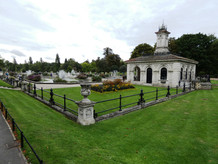









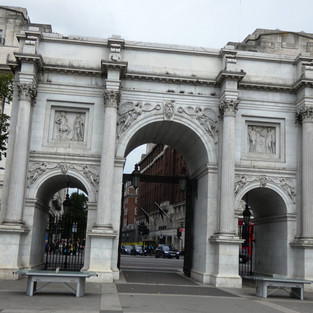









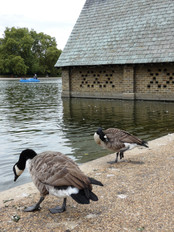





















































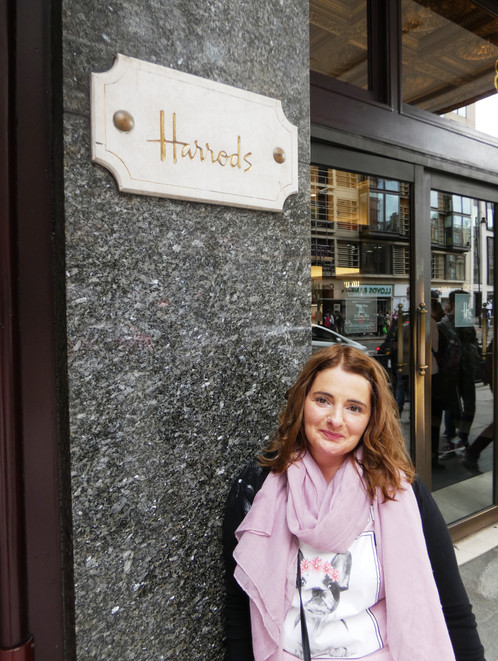



























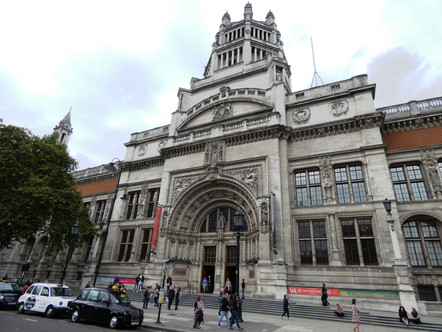



























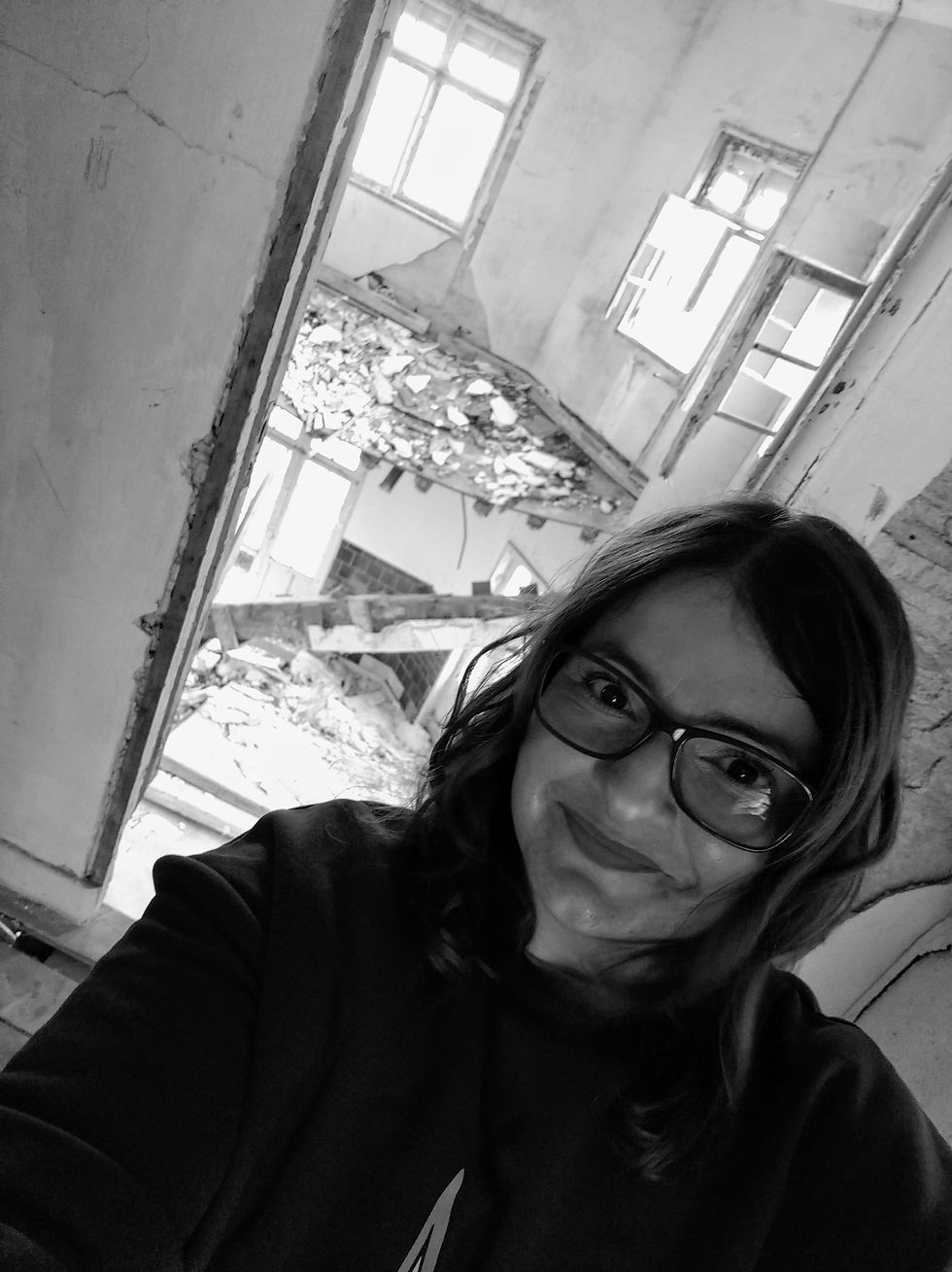

Comments